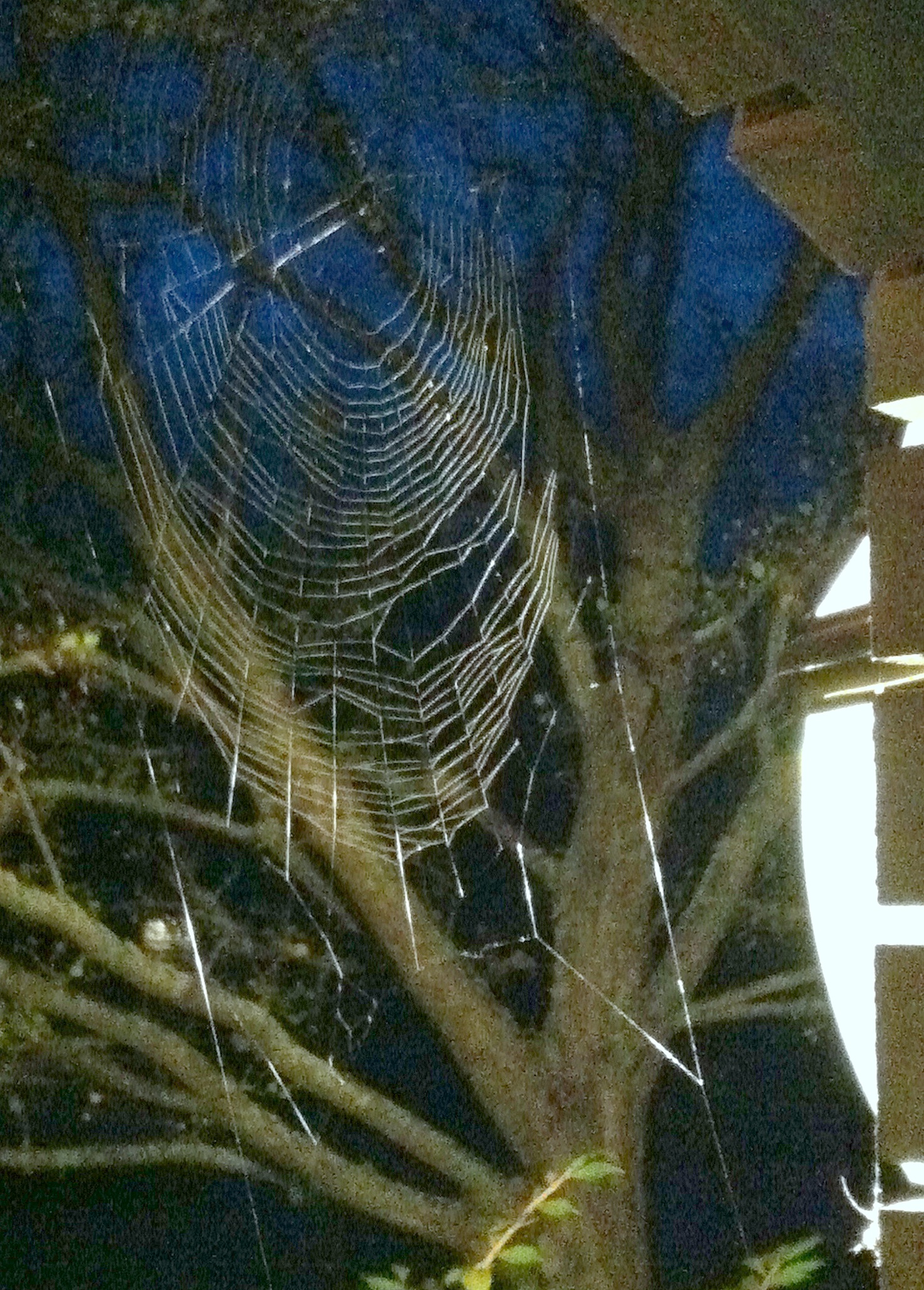August 19, 2013 • Curriculum
 I’ve had education of the brain on my brain lately. It is, in fact, a tangled and fascinating web to study, and it represents worlds colliding for me.
I’ve had education of the brain on my brain lately. It is, in fact, a tangled and fascinating web to study, and it represents worlds colliding for me.
I am authoring a paper for to present later this fall on the importance of business education to artists, and I’ve devoted most of the past two years of my career advocating for and developing a strong business curriculum for creative entrepreneurs at the college and professional levels.
From a personal perspective, I’m an observer and second-string participant in the debate on public education in the United States as my daughter prepares to enter preschool this fall. I struggle with the state of public education (while being a firm supporter of it) as I watch it focus entirely too much attention on testing and not nearly enough attention on the education of the whole person (in this very personal case, a specific person: my daughter).
The two arguments seem contradictory, don’t they? On the one hand I’m advocating for more technical training for artists and on the other hand, I’m advocating for more art and creativity training for students in our local public schools.
But really, they are the exact same argument. In both cases, I am advocating for the education of the whole person. Artists can no more ignore business and financial matters than children should ignore art. We need both parts of our brains to function and excel as humans. And in fact, our brains work as wholes, not as two separate and distinct right or left sides.
The idea of educating the whole person can seem silly, especially to an external observer. But it is why I fill each class with play dough or pipe cleaners, and it is why I develop exercises to trick students into arguing for exactly the point I hope they take away from my class. (It’s pretty brilliant: In small groups, they present arguments for the importance of art education or the arts in general to the class. I list the key attributes and — not surprisingly — they are the exact same arguments for the importance of a little business savvy in a sustainable art career.)
But I’m certainly not the first person to adopt integrated learning methods. (And, by the way, I used both sides of my brain to do so.) In a recent “Grandma Says” article, published monthly by Growing Child (an incredible parenting resource, by the way), the author (herself a former educator) reflected on the level of integrated learning that took place in a preschool class she visited. I’ve reprinted my favorite excerpt below (with permission).
After a spirited reading of Horton Hatches an Egg, the teacher suggested that the children take blank paper and markers and create their own pictures about Horton. What followed was a delightful half hour or so, with kids working hard to recreate and embellish their version of the story.
As I sat enjoying the scene, I reflected on how much serious learning and creative accomplishment was evident, and how many components of readiness for academic success were embedded in the activity.
They began with recalling key elements of the story (memory) and then using both skill and experience to portray them (representation).
They added ideas from their own understanding and knowledge; in one case, a child just returned from a trip to see cousins said her bird was flying to Washington, DC (classifying and integrating information).
They worked independently and diligently (persistence). They described their work to each other, getting ideas from one another (communication and cooperation).
They manipulated the markers to produce meaningful pictures (fine motor skills and concept formation). They proudly described their work to observers (positive sense of ability). And we all had fun (joy of learning).
Now such integrated curriculum is often difficult for non-professionals to understand as serious learning.
By opening ourselves and our children to the learning that surrounds us in every moment of every day, we not only foster skills necessary for life success, but we teach subtly that education and intelligence is about infinitely more than a test score. And dare I say, we teach that education is about infinitely more than simply a major.
I can’t change education on my own. I’m simply the mother of a child starting her formal education, and simply the provider of business tools to the next generation of artists. Even those in the field with considerably more clout than the rest of us are struggling to change education. Valerie Strauss expressed the point beautifully in her February piece from The Washington Post, “A Warning to College Profs from a High School Teacher.”
I have no idea what my students or my daughter will retain from my lessons (the formal ones and most importantly the informal and accidental ones). But I hope they all retain something to exercise both parts of their brains, their whole persons. Because awareness of ourselves as entire beings, rather than simply artists, or educators, or CPAs, or mothers, is certainly a delightfully beautiful web of a life to weave.
Note: A version of this also appeared on my personal blog. What can I say? I’ve had education on the brain!


